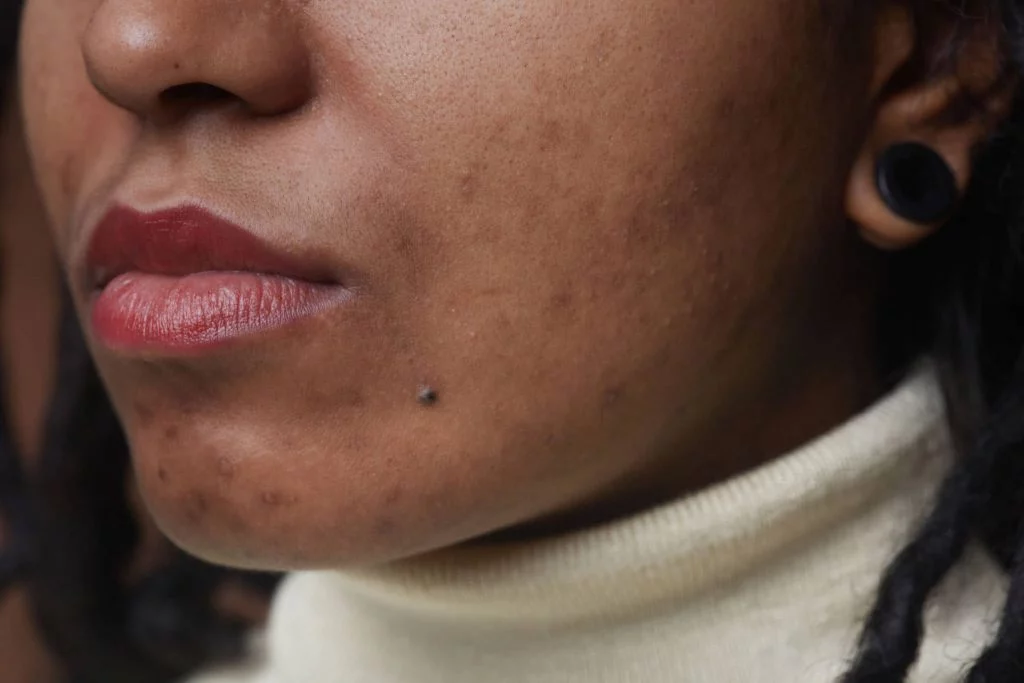Dermatosis Papulosa Nigra
Dermatosis Papulosa Nigra
Dermatosis Papulosa Nigra is a benign cutaneous disorder that affects a large percentage of black people. Multiple, tiny, asymptomatic papules on the face of adult blacks are the most common symptom. This disease is harmless and can be cured with no time. DPN has a similar appearance to Seborrheic Keratoses. Some patients may find the disease unattractive from an aesthetic standpoint. DPN is a harmless skin disorder that primarily affects persons of colour, most commonly black people are affected most of all.
It is characterized by small, black pimples that form on the face and neck. Some people just get a few bumps, while others get a lot.
DPN causes little black or dark brown pimples that are smooth, spherical, and flat. Their size ranges from 1 to 5mm. DPN typically begins in adolescence. The bumps tend to get bigger and more numerous as you get older.
How to Diagnose DPN?
DPN is frequently diagnosed clinically and does not necessitate any tests contrary to it, some doctors recommend some skin related tests also. A dermoscopy may be utilized if there are any questions. Dermoscopy is a non-invasive, low-cost method of distinguishing DPN from other skin lesions.
DPN is characterized by ridges that form a cribriform pattern. A skin biopsy might be collected and submitted for further investigation if the development is thought to be malignant.
Causes
DPN’s specific cause is unknown to medical professionals. The darker your complexion, though, the more likely you are to have it.
In many cases, it also appears to be hereditary as if your family members entangled this disease, there are chances to have it as well. DPN papules are non-cancerous and do not cause ulcers or scaling.
The bumps have a diameter of 1-5mm and a height of 1-3mm. They begin as smooth, freckle-like pimples in adolescence and subsequently get harsher.
They may also increase in size and number as they get older. Surgery or removal using laser technology, radio waves, or electro surgery instruments are all effective approaches.
With 40-54 percent of patients having a family history of DPN, it is believed to be genetically determined. DPN is thought to be the result of a pilosebaceous follicle developmental abnormality.
Treatment of DPN
DPN is a harmless condition that does not necessitate treatment. If the bumps become itchy or you do not like how they look, you have a few alternatives for getting rid of them.
Glycolic acid is the main substance dermatologists prescribe for treating DPN at home for one important reason: it works.
Glycolic acid, the smallest of the Alpha Hydroxy Acids, penetrates the skin fast and thoroughly, dissolving and diffusing the glue that holds cells together.
DPNs are removed by cleaning the face, using a topical numbing lotion for a few minutes, and then lightly burning them off with a machine called a hyfrecator at Aglow Dermatology. Scissors can be used to remove raised lesions.




